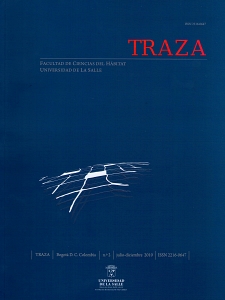Abstract
In the search for a comprehensive and sustainable human development, the Academy has to commit itself to the professional training of an architect with social responsibility, that assumes as his own the challenges imposed by an excluding society, as a strategy for the transformation of the habitat in which he intervenes. In addition, the building of a sustainable habitat and the construction of knowledge and action with social relevance are also unavoidable commitments the Academy has to assume as part of the aforementioned search. The author presents his proposals and reflections to the analysis of the works carried out with the students along two academic cycles as well as the planning and management required at the Urban Observatory from the first cycle of 2007 through the second cycle of 2008. These experiences range from the teaching and practice of architectural design, and the elective Practice & Architecture applying the “method” of Rodolfo Livingston; to the designing of a participatory and community course module for postgraduate training at the School, which consolidated and exported a pedagogical ideal; with students who went from the classroom to the neighborhoods, having a designing work with the participating families and an architecture mobile office for working with the community. Simultaneously, a research project that involved the “putting into practice” of management with public and private agencies and institutions was carried out to establish a model for the sustainable transformation of the habitat. All this constitutes an experimental basis to build a path towards institutional management, for a teaching, research and university extension, with responsibility, innovation and social impact.Downloads
Download data is not yet available.



